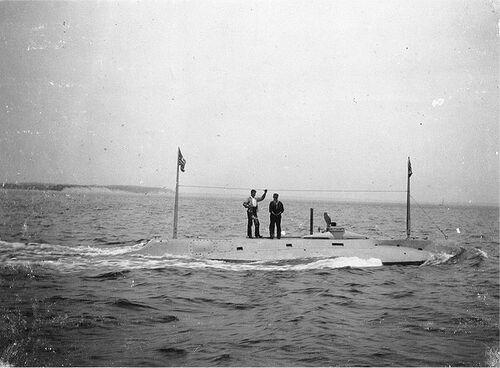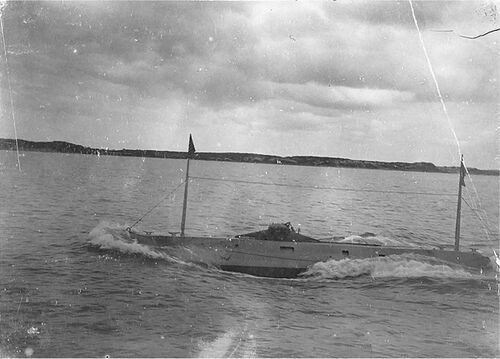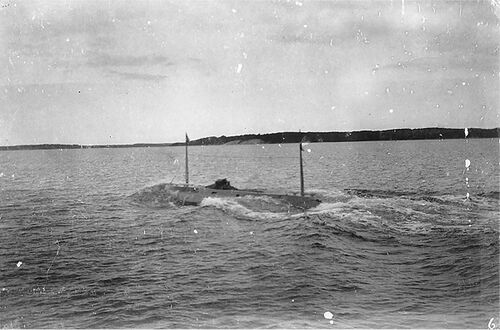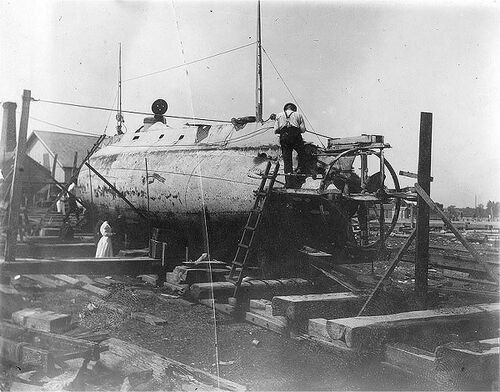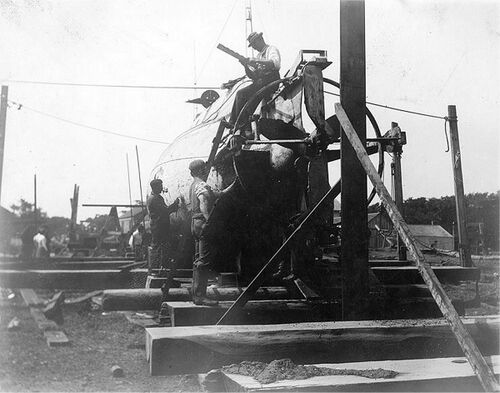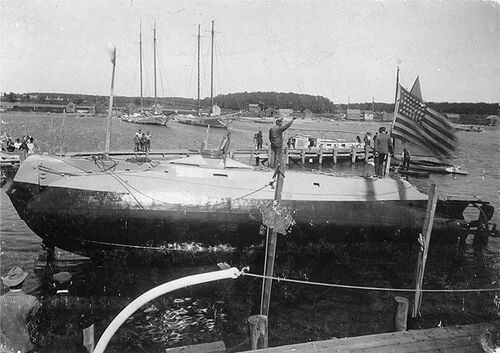Holland: Difference between revisions
Pbcjohnston (talk | contribs) |
Pbcjohnston (talk | contribs) m (→The Navy Days) |
||
| Line 285: | Line 285: | ||
[[File:Red bar sub.jpg]] | [[File:Red bar sub.jpg]] | ||
[[File:|left|500px]] | [[File:|left|500px]] | ||
<div style="text-align: justify;"><span style="color:#00008B"> | <div style="text-align: justify;"><span style="color:#00008B"> | ||
Revision as of 11:59, 11 October 2023

Design, Construction, and Naming Notes
Holland (Submarine No. 1)
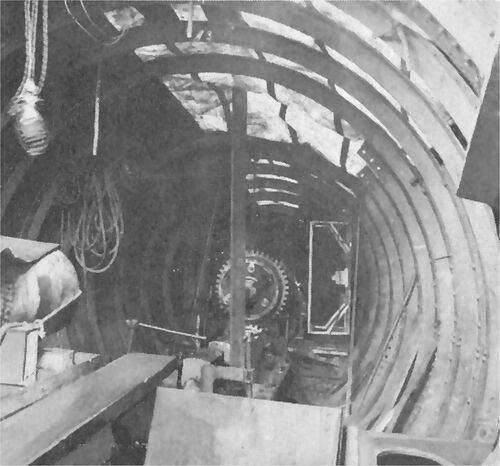
U.S. Navy Photo
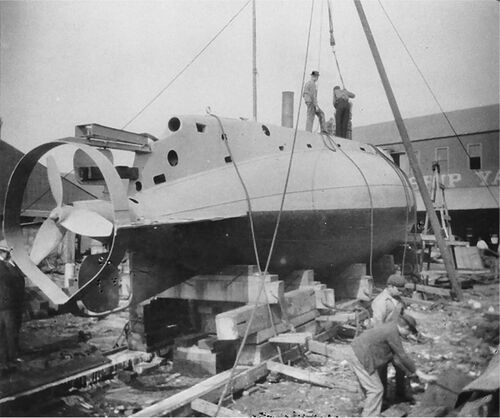
U.S. Navy Photo
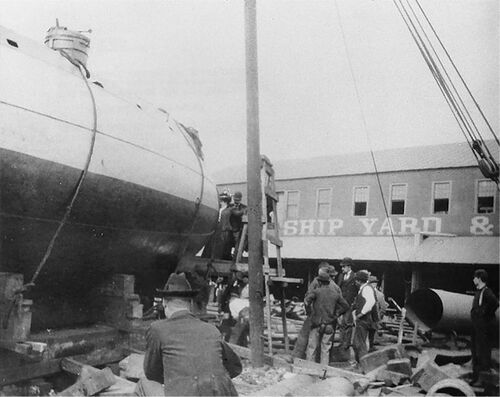
U.S. Navy Photo
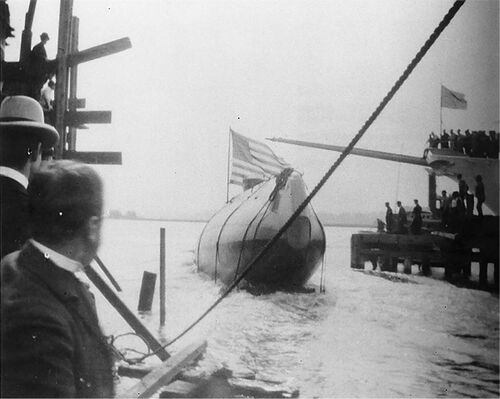
U.S. Navy Photo

U.S. Navy Photo
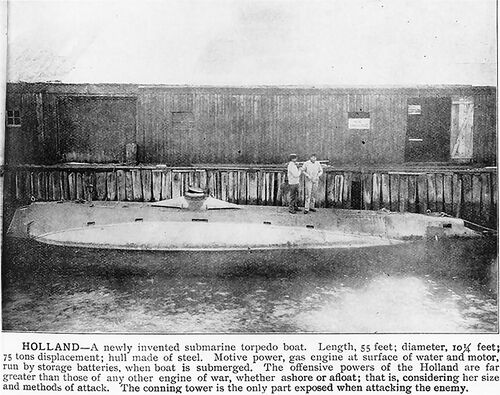
Library of Congress
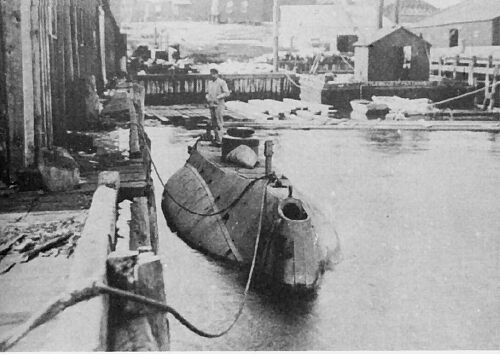
U.S. Navy Photo
The April 20, 1898 Trials
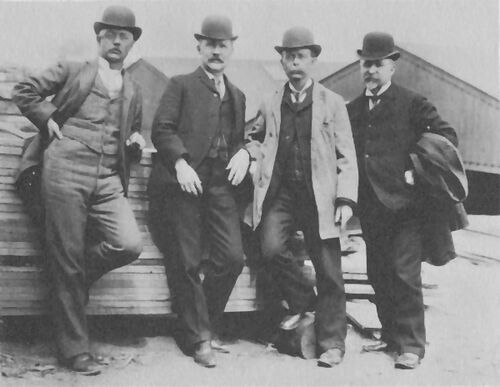
Walter Thompson, superintendent of the Raritan Dry Dock.
Charles A. Morris, superintending engineer of the John P. Holland Torpedo Boat Company.
John P. Holland, inventor of the submarine.
Mr. Matthews, an investor in the John P. Holland Torpedo Boat Company
All there to witness the first real trial run of the submarine boat Holland on Raritan Bay before a Navy Board of Inspection.
US Navy Photo
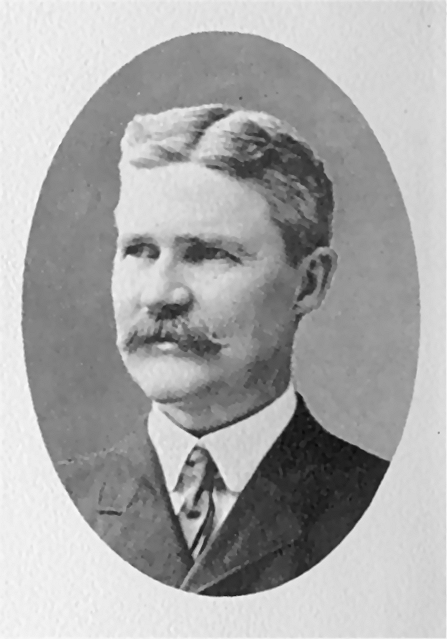
Morris Family Photo
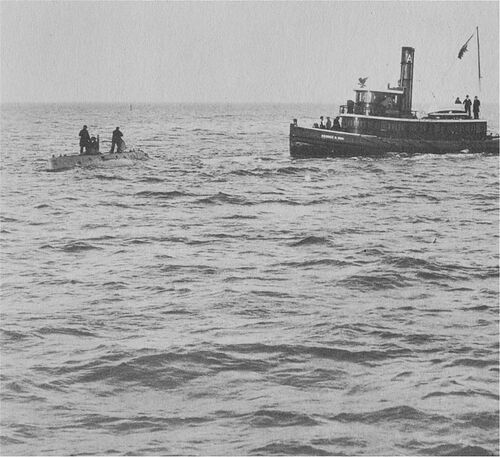
U.S. Navy Photo

U.S. Navy Photo
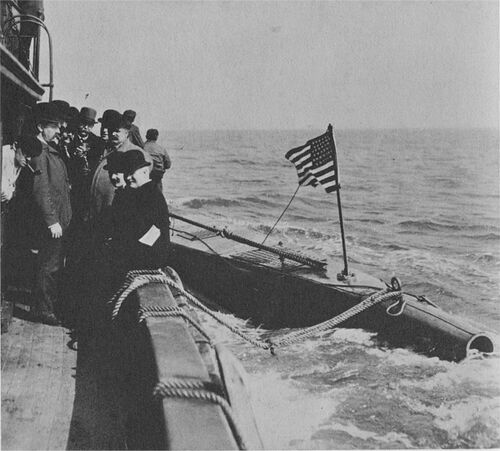
U.S. Navy Photo

U.S. Navy Photo
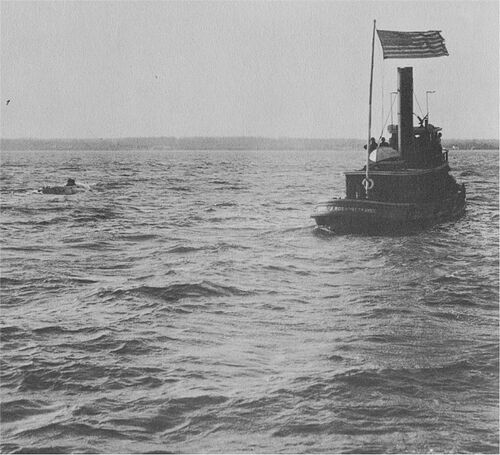
U.S. Navy Photo

The Erie Basin Haulout

U.S. Navy Photo

US Navy Photo
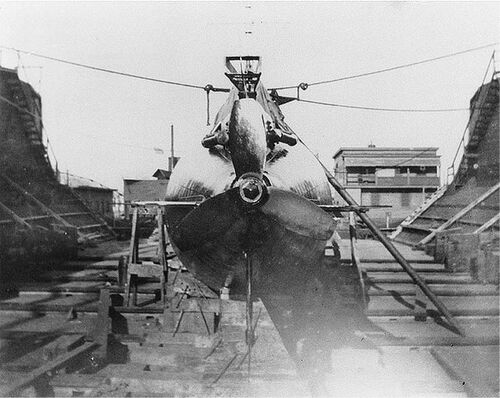
US Navy Photo
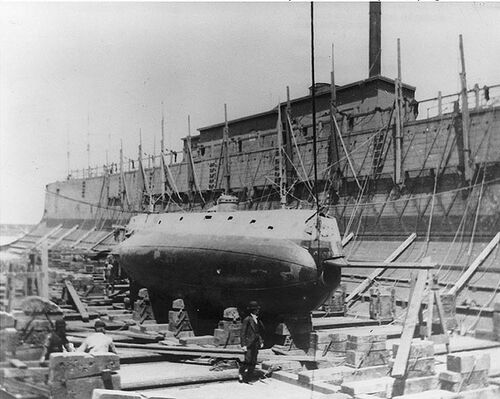
The Atlantic Yacht Basin Haulout
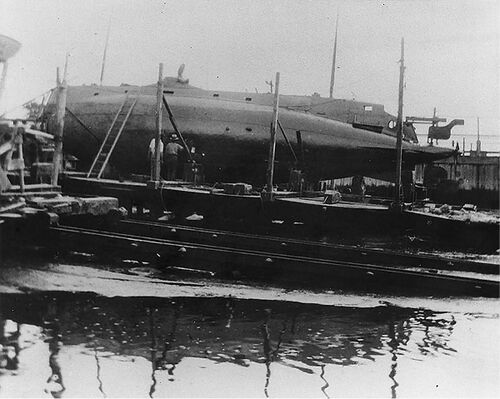
In September 1898 the Holland was hauled out at the Atlantic Basin shipyard and extensive work was done. A new smaller propeller was installed, she received a fresh paint job, and the torpedo tube was re-bored. She was ready for further testing by November 4, 1898. On the 12th of November fresh trials began. This was the first time John Holland did not handle the submarine himself.
US Navy PhotoMorris Heights Haulout

US Navy Photo
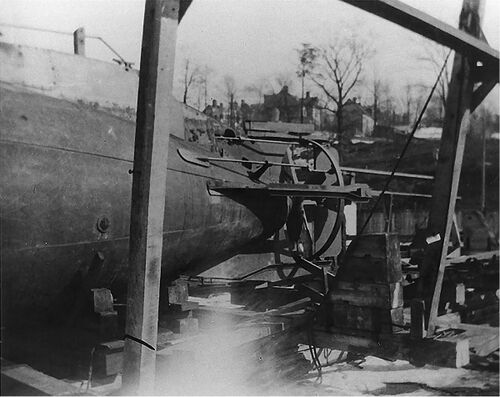
US Navy Photo
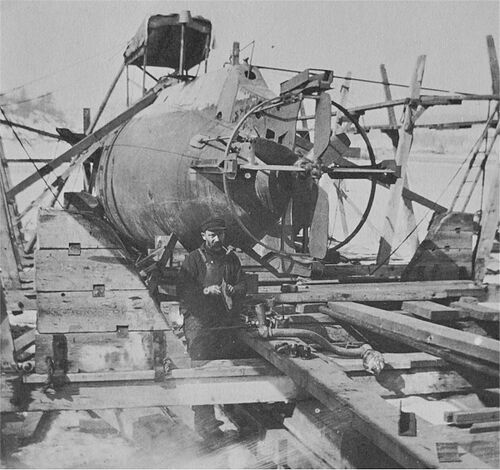
US Navy Photo
The Greenport Trials
